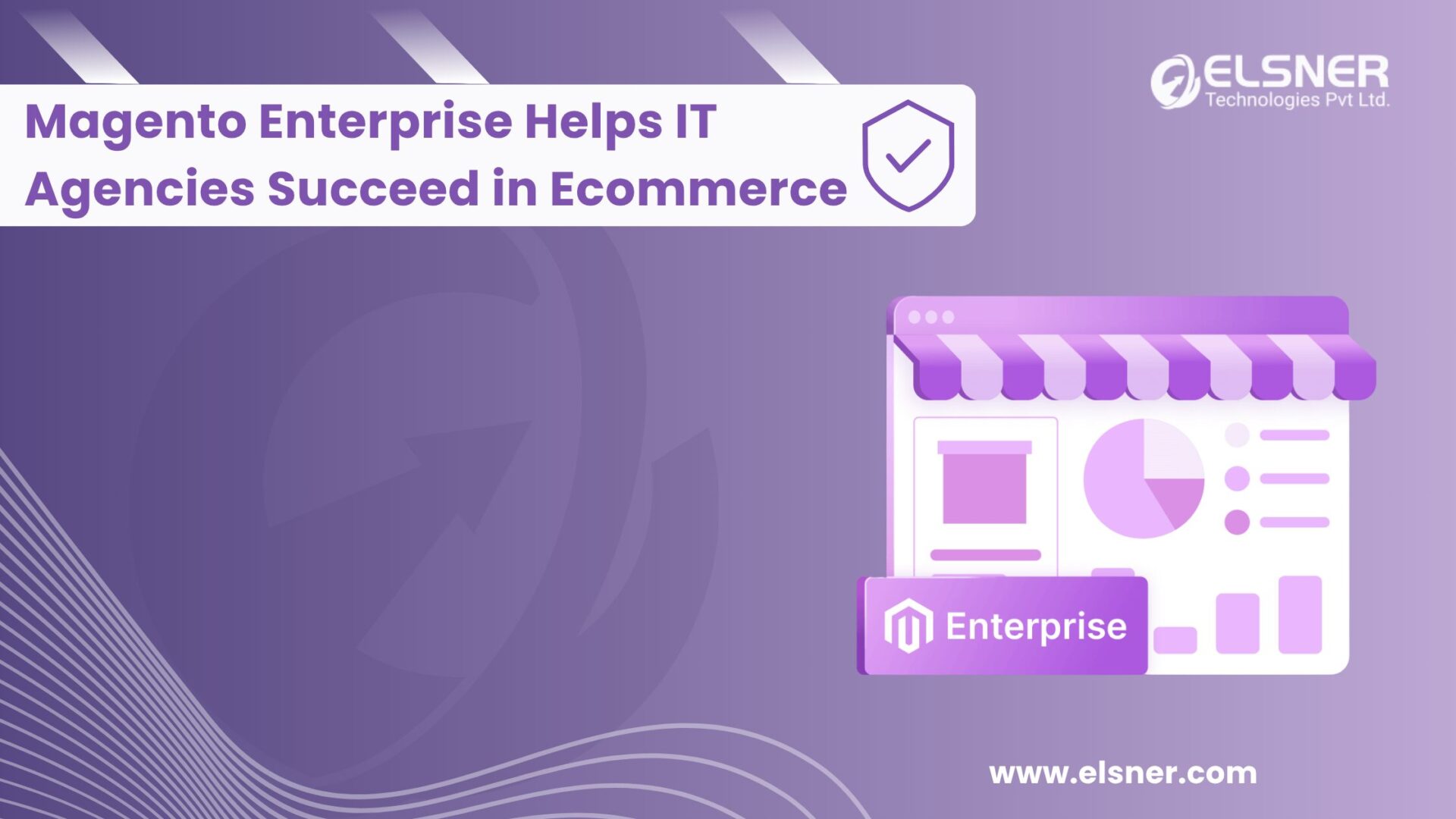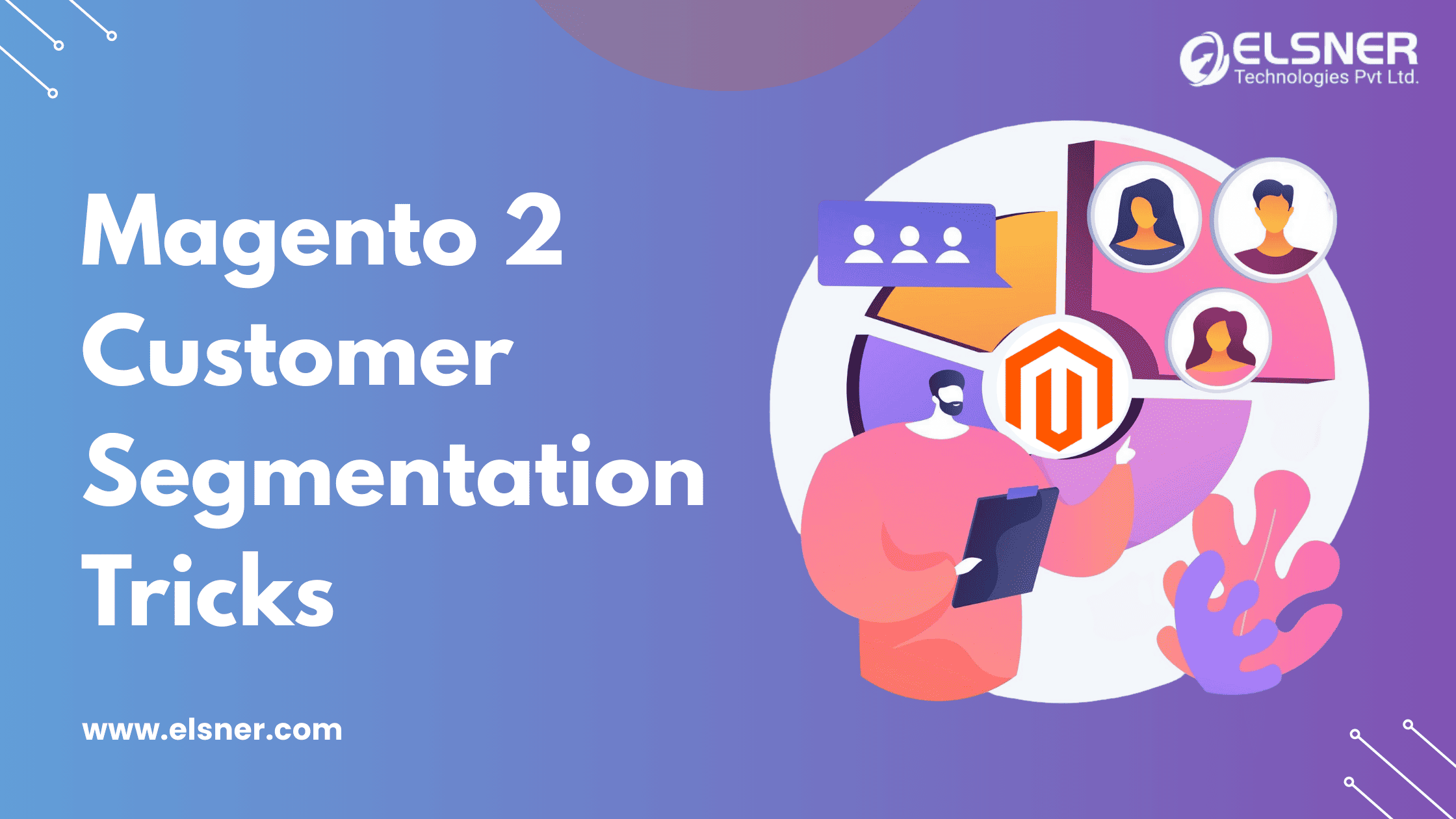- What are the 37 Essential Items to Include in the Magento 2 Checklist?
- 1. System Requirements
- 2. System Version
- 3. SSL Setting
- 4. Favicon
- 5. 404 Error Page
- 6. Store URLs
- 7. 301 Redirects
- 8. SEO Setting
- 9. Marketing
- 10. Store Information
- 11. Google Tools Integration
- 12. Content Delivery Network or CDN
- 13. Email Setups
- 14. Shipping Methods
- 15. Cart Options
- 16. Checkout Process
- 17. Tax Settings
- 18. Payment Methods
- 19. Inventory
- 20. Admin URL
- 21. Test Data Removement
- 22. Extensions License
- 23. System Compilation
- 24. Placeholder Images
- 25. Cron Status
- 26. Varnish Cache Activation
- 27. Caching and Indexing
- 28. CSS
- 29. Image Optimisation
- 30. Javascript
- 31. Website Loading Time
- 32. Email Templates
- 33. Crawling Activation
- 34. CMS Pages
- 35. Newsletter Subscriptions
- 36. Database Backup
- 37. Production Mode
Currently, Magento 2 powers more than 100,000 of all the online stores. Are you planning to launch a Magento 2 store? If yes, you may be worried about how to ensure that everything goes right! Well, for this, there are many essential factors that you should consider and take care of.
So, to make things easier for you, we have come up with this detailed guide. Here, we will provide a comprehensive Magento 2 Go-Live checklist that tells you the important things you must have while launching your store. Let’s get started:
What are the 37 Essential Items to Include in the Magento 2 Checklist?

1. System Requirements
- Memory
A minimum of 2GB RAM
- Operating System
Linux distributors such as CentOS, Debian, RedHat Enterprise Linux or Ubuntu.Note: Magento does not support Microsoft Windows and macOS.
- Composer
The latest version of stable composer
- PHP Extensions
curl;
gd, ImageMagick > 6.3.7;
intl;
mbstring;
mcrypt;
mhash;
openssl;
PDO/MySQL;
SimpleXML;
soap;
xml;
xsl;
zip;
JSON (PHP 7 only); iconv (PHP 7 only)
- Web Service
- Nginx 1.8
- Apache 2.2 or 2.4
- SSL
- An HTTPS security certificate
- SSL certificates that are self-signed are typically rejected
- Both repo.magento.com and PayPal require TLS 1.2 or later to ensure secure connections
- Mail Server
Ø SMTP server
Ø Mail Transfer Agent or MTA
2. System Version
It is vital to check whether you are using the most recent Magento 2 version.
3. SSL Setting
As a Magento 2 store owner, you should never miss installing a reliable security certificate. As a part of it, you should use HTTPS in the configuration for securing the frontend URL.
Below are the major steps to follow for setting up SSL in your Magento 2 store:
- First of all, consider navigating to Stores > Configuration > General > Web > Base URLs (Secure)
- After that, you need to select the URL with HTTPS for a trustworthy and secure site
4. Favicon
It is always a good idea to have a small image in the address bar of your website’s browser, known as a favicon. You need to visit Content > Design > Configuration to add your favicon. After that, edit your store and upload the image, especially under HTML Head settings. Finally, tap on the save button.
5. 404 Error Page
Your website should necessarily possess a 404 error page. It plays a vital role, especially when your website breaks down, as it assures your customers that this issue is only temporary.
Below are the steps that you need to follow to configure your 404 error page in Magento 2:
- Consider navigating to Stores > Configurations > Web > Default Pages. After that, review all the settings and tailor the 404 page to create a user-friendly experience.
6. Store URLs
Following are the points that you should review:
- Make sure that the frontend URLs are functioning appropriately.
- Ensure that the store URLs are user-friendly.
- Consider eliminating “index.php” from the URLs.
- Ensure that a 200 OK status is present.
- Verify both the “www” and “http/https” status.
7. 301 Redirects
You should double-check all the redirects in your Magento 2 store and immediately fix any broken ones.
8. SEO Setting
SEO is regarded as one of the best ways to spread brand awareness. So, make sure you consider all the below-mentioned points of SEO for improving the ranking of your store:
- Ensure that your meta titles and descriptions are well-optimised.
- Check whether your Magento store possesses an appropriate Robots.txt file. If that’s missing, you need to create one.
- Set up your Magento XML Sitemap in the Stores > Configuration > Catalog for automation of sitemap regeneration.
- Use FAQ schema and page-level markup for enhanced Search Result Page performance.
- Finally, you need to discover and fix any broken links.
9. Marketing
One of the best ways to market your Magento 2 store is by sending a welcoming email to customers whenever they purchase or sign up. You can even attach a discount code or coupon to motivate them for future purchases.
Make sure you send them newsletters at least once a month. Also, consider promoting your store on recognized social media platforms like Instagram, Twitter, and Facebook.
10. Store Information
It is essential to double-check your vital store information. For verifying the details, consider accessing Stores > Settings > Configuration > General > General > Store Information.
11. Google Tools Integration
You should integrate Google Analytics with Magento 2 to evaluate data and track growth. Magento 2 offers API integration as well if you plan to use Adwords. To configure both settings, you must visit Stores > Settings > Configuration > Sales > Google API.
12. Content Delivery Network or CDN
Another critical step is configuring your CDN for delivering website content with minimal latency to users in various parts of the world.
13. Email Setups
You should update the test Email IDs in the staging environment with the actual business Email addresses. To do this, visit Stores > Settings > Configuration > General > Store Email Addresses.
You should again navigate to Stores > Settings > Configuration > General > Contacts to change the contact Email address.
14. Shipping Methods
It is vital to ensure that you have properly verified the performance and setup of the shipping methods from the backend.
15. Cart Options
Another vital thing is to ensure that the cart features are operational and the calculations are precise. Also, don’t miss out on verifying the edit, add and remove product functions within the cart.
16. Checkout Process
Before launching your Magento 2 store, checking the checkout process is crucial, as it hugely impacts the customer experience. You will most likely come across two options: one includes guest checkout, and another is page checkout. You can select any of these alternatives based on your preference. Your ultimate goal should be to offer a satisfied checkout experience to your customers.
17. Tax Settings
Consider navigating to Stores > Settings > Configuration > Sales > Tax to ensure all the tax settings are appropriately done.
18. Payment Methods
You should always have a hassle-free online payment system in place, as it impacts your overall sales. To prevent errors, you should closely check the configuration settings by visiting Stores > Settings > Configuration > Sales > Payment Methods.
19. Inventory
In this case, you are most likely to have two options for stock management, which include:
- Inventory management with stock management.
- Inventory management without stock management.
Always double-check this section.
20. Admin URL
It is suggested to avoid default /admin URL as they can be guessed easily and put your store’s security at risk. Here is how you can change the admin URL in Magento 2 and set a strong password to offer extra protection:
Make Use of SSH:
php bin/magento setup:config:set --backend-frontname= "admin_path"
After that, you need to replace “admin_path” with your preferred URL
21. Test Data Removement
You should make sure to remove all test data before launching your store. It includes test orders, customer information and products.
22. Extensions License
You may be required to enter a license key while installing a module. Ensure that the key you used in the test store is valid for your new domain. If you find that it is not valid, you need to acquire a new key.
23. System Compilation
To initiate system compilation, you should execute the below-mentioned command:
php bin/magento setup:di:compile
You can hire Magento developer to navigate this step successfully.
24. Placeholder Images
You should create default settings for the store and ensure that these are positioned at catalog/products/placeholder/small_image.jpg, catalog/products/placeholder/image.jpg, and catalog/products/placeholder/thumbnail.jpg.
25. Cron Status
Ensuring you have configured cron in Magento 2 for managing repetitive tasks like generating Google sitemaps and reindexing is vital.
26. Varnish Cache Activation
Another important thing is to activate the varnish cache section, which is possible by choosing Varnish Cache as the Caching Application. It is under Stores > Configuration > Advanced > System > Full Page Cache.
27. Caching and Indexing
You should consider turning on the caching and refreshing it once done. Also, you need to navigate to System > Index Management to check indexing readiness.
28. CSS
Make use of a CSS compressor to improve your site load time. In this regard, consider maintaining two versions of CSS: one includes a minified version or styles.css, whereas the other is in a readable form.
29. Image Optimisation
You should use specific tools, such as ShortPixel, TinyPNG, etc., to conduct a swift assessment of image optimization.
30. Javascript
Another vital task is consolidating and minifying HTTP requests, primarily through Stores > Configuration > Advanced > Developer > Javascript Settings. It helps in improving load time.
31. Website Loading Time
You should never overlook the importance of evaluating the loading time of your website. It can be done utilising tools like Google PageSpeed Insights, GTMetrix, and WebPageTest. Make necessary adjustments before you launch your store.
32. Email Templates
Always check if you have tailored the default email template to fit your brand perfectly.
33. Crawling Activation
Another important thing is to activate Google crawling and indexing, allowing Googlebot to visit your store regularly.
34. CMS Pages
You should always check to ensure that you have provided customised CMS pages. It includes Terms and conditions and privacy policies.
35. Newsletter Subscriptions
It is suggested to closely review your newsletter subscription system to ensure customers can easily unsubscribe or subscribe.
36. Database Backup
You can consider employing the Magento 2 Cloud Backup extension to ensure timely and regular database backup.
37. Production Mode
Ultimately, you must switch to production mode after successfully accomplishing all admin panel and development tasks.
Wrapping Up
Launching a Magento 2 store is undoubtedly an exciting journey. However, a successful and smooth launch necessitates attention to detail and careful planning. All the 37 points discussed in this blog post will surely assist you in navigating the complexities of setting up your Magento 2 store.
If you need any related assistance, you can get in touch with a professional Magento development company.

About Author
Dipak Patil - Delivery Head & Partner Manager
Dipak is known for his ability to seamlessly manage and deliver top-notch projects. With a strong emphasis on quality and customer satisfaction, he has built a reputation for fostering strong client relationships. His leadership and dedication have been instrumental in guiding teams towards success, ensuring timely and effective delivery of services.




